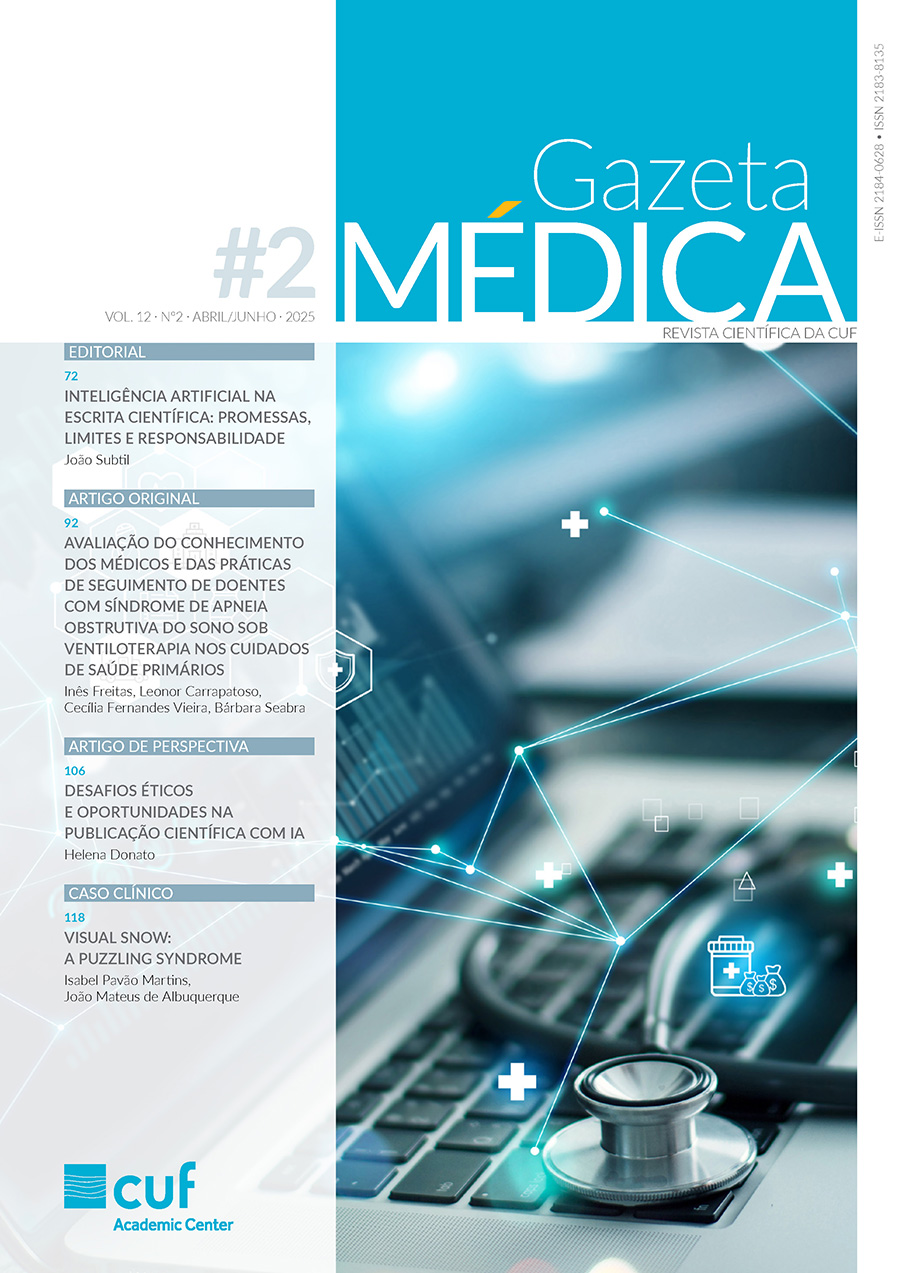Esophageal Atresia at Daniel de Matos Maternity: A Fifteen-year Review
Main Article Content
Abstract
Introduction: Esophageal atresia (EA) is a rare congenital malformation, with mainly postnatal diagnosis, although prenatal suspicion has improved. Until surgery, these newborns need monitoring in Neonatal Intensive Care Unit (NICU). Despite mortality reduction, morbidity remains a concern. The aim of this study was to characterize the prenatal, delivery and postnatal data of EA newborns at a level three reference center.
Methods: An anonymized retrospective study was performed from eighteen newborns diagnosed with EA, born between January 2007 – December 2021, who were admitted to the NICU of a level three center. Data was collected using neonate´s medical records, compiled with Microsoft Excel and analyzed by IBM SPSS statistics.
Results: There was no sex prevalence and no preponderance in advanced mother’s age. Prenatal suspicion consisted on ultrasound (polyhydramnios/stomach non-visualization), where EA type A had higher reports. Higher incidence of EA was found in premature newborns. An association between lower gestational age and the presence of polyhydramnios was found. Other congenital anomalies associated were common, mostly cardiac. The prevalence of EA type C and short-gap was found. Gastroesophageal reflux and esophageal stenosis were frequent
comorbidities.
Conclusion: Improvement in prenatal and postnatal surveillance/evaluation could reduce morbimortality and improve management of these neonates. As mortality reduced, further research is needed to target morbidity and quality of life.
Article Details

This work is licensed under a Creative Commons Attribution-NonCommercial 4.0 International License.



